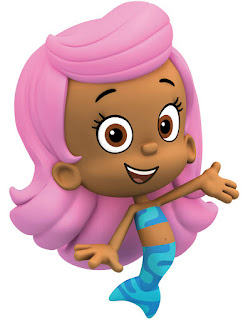Week 5: Appeal, Staging, Character Design
What we learned Last Week:
Solid Drawing
Making a drawing look consistent from all angles.
Anticipation
The actions that a character makes before doing a major action.
Follow Throw and Overlap
When the main mass with any extra appendages is in motion and then stops, the extra appendages will take time to catch up with the main mass. Nothing will stop all at once.
What we have learned This Week:
Appeal
This is what makes you like a character.
Who is your favorite character? Are they funny? Smart? Pretty? Do they have super powers? Are they dumber than sack of hammers?
What are these character's appeal?
What are these character's appeal?
What are these character's appeal?
What are these character's appeal?
Staging
This is when you present an idea so that it is clear and easy to read. Remember, animation as a whole thrives on legibility. If the audience can't read what you have presented to them, then all that hard work will be for nothing!
This also works for a character's silhouette.
If you were to take a well known cartoon character and make a silhouette out of it, can you still tell what character it is?
Here is a good example of staging.
This was so good, that is was used in a certain movie from Pixar.
What is Character Design?
Remember how we talked about how animation was about moving picture? Well in a lot of main stream cartoons, there is a LOT more than a bunch characters bouncing around. Before animation even begins, the character(s) have to be drawn out first. Starting with character design.
To use the definition from Wikapedia, character design is a document used to help standardize the appearance, poses, and gestures of an animated character.
Here are some examples:
These are called 'turn-arounds'
And these are called expression, or model, sheets.
Notice how the principle of Solid Drawing is used in these examples. All of these characters look the same from every angel, and with all different expressions.
Now it's your turn!
Make your own character and try to make a turn-around and an expression sheet.
But when you do, you need to keep this in mind:
K.I.S.S
Do you know what that means?
Keep
It
Simple
Sweetheart ;)
Why?
Remember that in animation, you are basically drawing the same thing over and over in different angles. So it would be wise to keep the design as simple as possible.
Ever wondered why in some Japanese anime the characters hardly ever move 80% of the time expect for their mouths while in a Disney animated film, the animation is more 'flowy'? Well in anime, the character designs are really complex yet they are cool to look at. Look at Yu-Gi-Oh for instance.
Ever wondered why in some Japanese anime the characters hardly ever move 80% of the time expect for their mouths while in a Disney animated film, the animation is more 'flowy'? Well in anime, the character designs are really complex yet they are cool to look at. Look at Yu-Gi-Oh for instance.
Sure the designs look cool and are nice to look at in every episode, but my goodness! Could you imagine drawing these characters at smoothly as a Disney character? All that spiky hair, the hair bangs, the accessories, the eyes, and those monsters..... what a nightmare! Even if you did manage to move any of these characters about, it would take you a LONG TIME!!
The reason Disney is able to produce smooth animation is because the characters, believe it or not, are based on very simple designs and shapes. Take a look at the character line up for Aladdin (1992).
See how simple these shapes are? These are all put in place to make the animator's job so much easier!
Just look at the difference between a clip from Yu-Gi-Oh and the song 'Friend Like Me' from Aladdin.
Here's a fun little exercise just to do for kicks. Take one of the characters from Aladdin and take one of the characters from Yu-Gi-Oh and try animating them yourself and see for yourself which one is the easiest.
Week 4 Week 6




































No comments:
Post a Comment